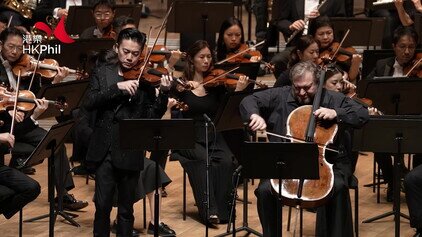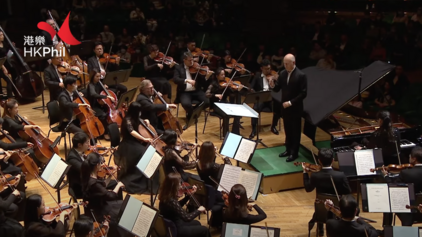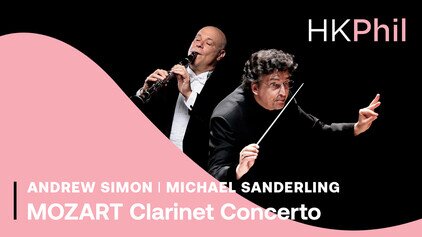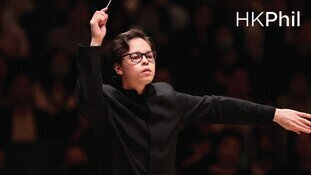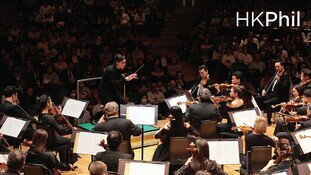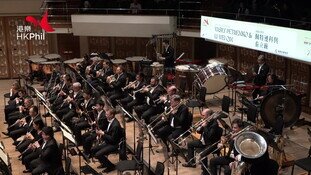MOZART | Oboe Concerto
PROGRAMME
WOLFGANG AMADEUS MOZART (1756-1791)
Oboe Concerto in C, K. 314
- Allegro aperto
- Adagio non troppo
- Rondo: allegretto
THE COMPOSER
Born in Salzburg on 27 January 1756, Mozart spent much of his early life touring around Europe with his exceedingly ambitious father, Leopold, and it was on a visit to London that the eight-year-old Mozart wrote what was to be the first of his symphonies. All that travelling did psychologically affected Mozart, and he came to despise what he regarded as the narrow, provincial attitudes of his hometown, and longed to move away. In June 1781 he was dismissed from his post in Salzburg and moved permanently to Vienna.
Mozart’s frustration with Salzburg stemmed largely from his experiences with the court orchestra. His employer was Prince-Archbishop Colloredo, and while the archbishop had what was then regarded as very forward-looking views on how society in Salzburg should be managed, many of these came into conflict with Mozart’s own perception of his place in society as a musician. Nevertheless, Colloredo certainly appreciated music, and often invited some of Europe’s finest instrumentalists to perform with the Salzburg orchestra.
THE BACKGROUND
Generally, Mozart regarded his fellow-musicians with contempt, and that seems to have included an Italian oboist by the name of Giuseppe Ferlendis, who had been invited to Salzburg by Colloredo. He arrived on 1 April 1777, and Mozart was obliged to compose a concerto for him. But within four months Mozart had resigned from his post at Salzburg and travelled to Mannheim taking the manuscript of the as-yet unperformed concerto with him. He spent five months in Mannheim trying, unsuccessfully, to find a new post both by petitioning various important people there and by putting on concerts of his own music. On 4 November 1777 Mozart wrote to his father, who had stayed back in Salzburg, “In the orchestra here is an oboist, whose name I have forgotten but who plays very well and has a delightfully pure tone. I have made him a present of my oboe concerto, which is now being copied in a room in Cannabich’s house, and the fellow is quite crazy with delight.”
That oboist was Friedrich Ramm who performed the Concerto in Mannheim no less than five times during Mozart’s sojourn there. Mozart wrote to his father, “Herr Ramm played for the fifth time my oboe concerto...which is making a great sensation here. It is now Ramm’s cheval de bataille.” Ramm became a good friend of Mozart and the two spent several months in early 1781 in Munich where Mozart wrote an oboe quartet for him.
THE MUSIC
The Oboe Concerto’s first movement carries a tempo marking (“allegro aperto”) almost unique to Mozart, and while its literal meaning (“fast and open”) might seem elusive, its implication is clear from the very forthright, cheerful and open-hearted character of the lengthy orchestral introduction. The chugging accompaniment continues off and on throughout, creating a marvellous sense of momentum above which the oboe flutters and dances away with wonderful gracefulness and a real sense of impish wit. An altogether different face of the oboe is revealed in the second movement with its long, languid melody with more than a hint of an operatic aria. The opera connection is more obvious in the third movement in which the oboe’s charming principal melody was to turn up four years later as the aria “Welche Wonne” in Mozart’s opera Die Entführung aus dem Serail (The Abduction from the Seraglio). All three movements have cadenzas – free unaccompanied virtuosic passages.
Programme notes by Dr Marc Rochester
ARTISTS
SUPPORT THE HK PHIL'S ONLINE PROGRAMMES
The Ambassador Fund allows the orchestra to produce various online programmes, keeping our connection with the communities. The HK Phil has released over 80 online programmes and garnered over 1.5 million views since the pandemic. Your donation supports production costs incurred and helps us share music!
Concertos
Other videos in this series




